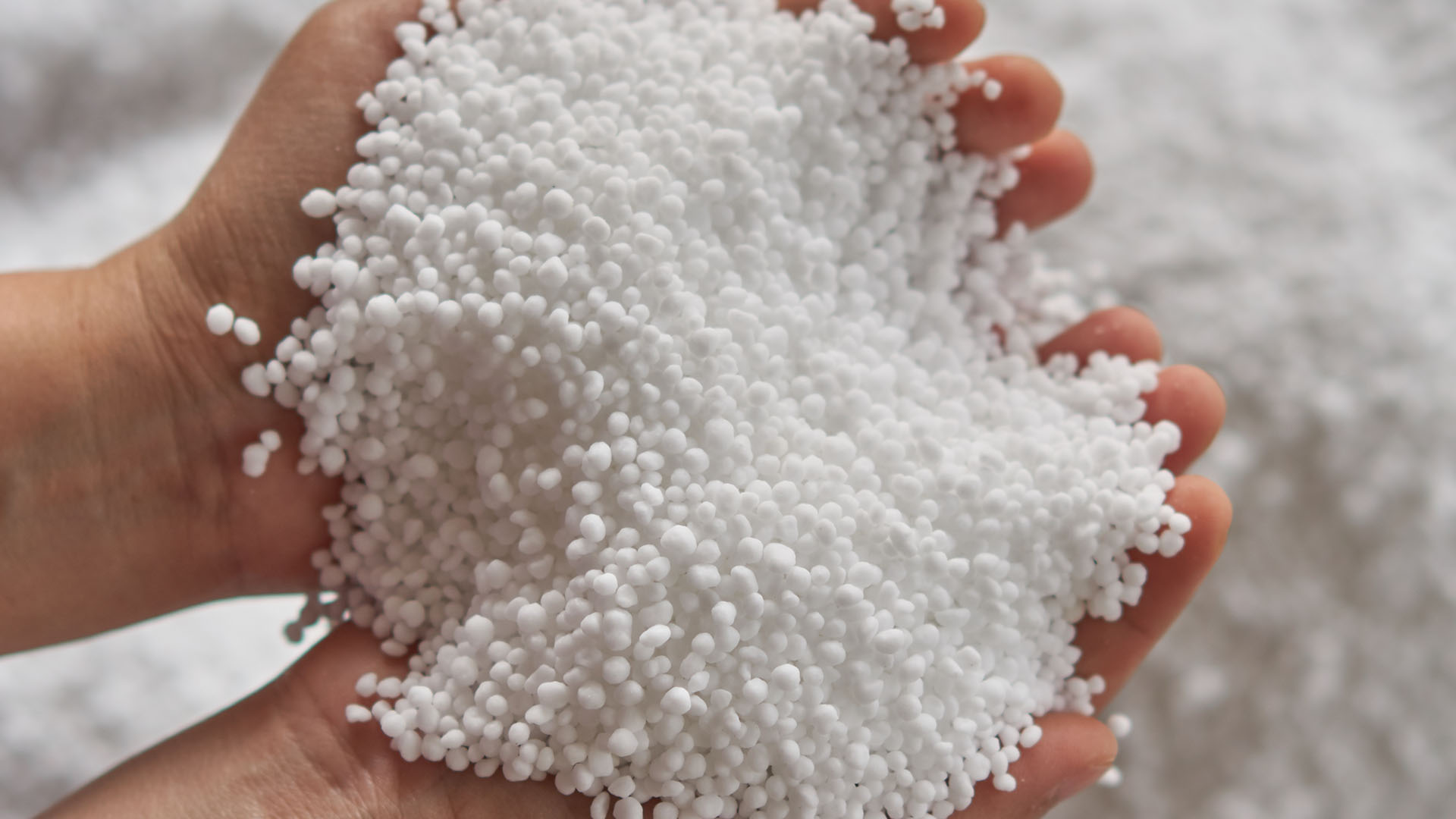Urea
Urea
The agricultural industry widely uses Urea, a white crystalline solid containing 46% nitrogen, as an animal feed additive and fertilizer. In the past decade, Urea has surpassed and nearly replaced ammonium nitrate as a fertilizer.
Urea is made when carbon dioxide is reacted with anhydrous ammonia. This process happens under intense pressure, at 350 degrees F. Urea is processed to take the form of granules or solid globules known as prills. Dry Urea is very soluble and must be kept away from moisture until its use.
Urea was first produced industrially by the hydration of calcium cyanamide, but the easy availability of ammonia led to the development of ammonia/carbon dioxide technology. This is a two-step process where the ammonia and carbon dioxide react to form ammonium carbamate, which is then dehydrated to Urea.
A key area of the process for using pumps is in the Urea Melt application. Because Urea crystallizes at very high temperature, steam jackets and other considerations have to be used to keep the fluid in solution. Due to that crystallization, packing and mechanical seals have historically caused issues. Once the solution cools and crystallizes in the packing, or in the mechanical seal faces, this will cause a high wear rate of those contacting, rotating surfaces. Because the Wilfley A series of pumps do not have any contacting rotating bits during operation, Wilfley pumps are the preferred solution.
Also, water is eventually evaporated off to create the urea prills so there are great concerns in using flush water as there is a chance of diluting the product.
The Wilfley dynamic seal coupled with the latest static seal technology eliminates the need for packing, mechanical seals and flush water. This sealing technology has proven that Wilfley pumps can operate trouble and maintenance-free as compared to conventional seals saving the customer on downtime, lower maintenance cost, and thousands of dollars of water usage.



